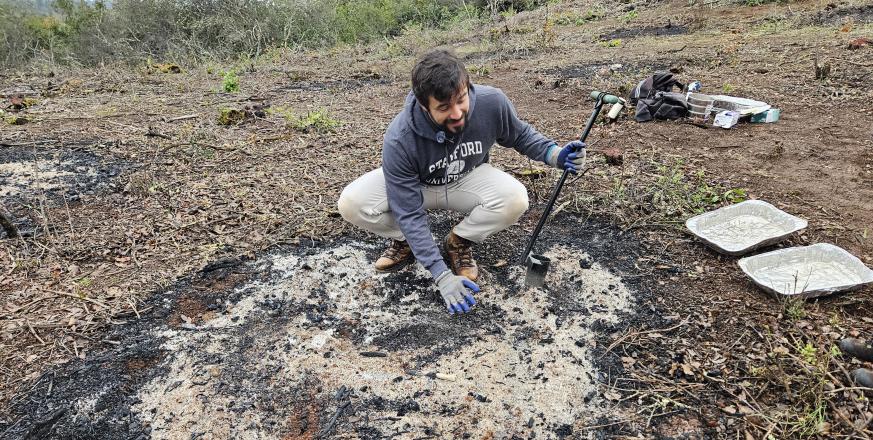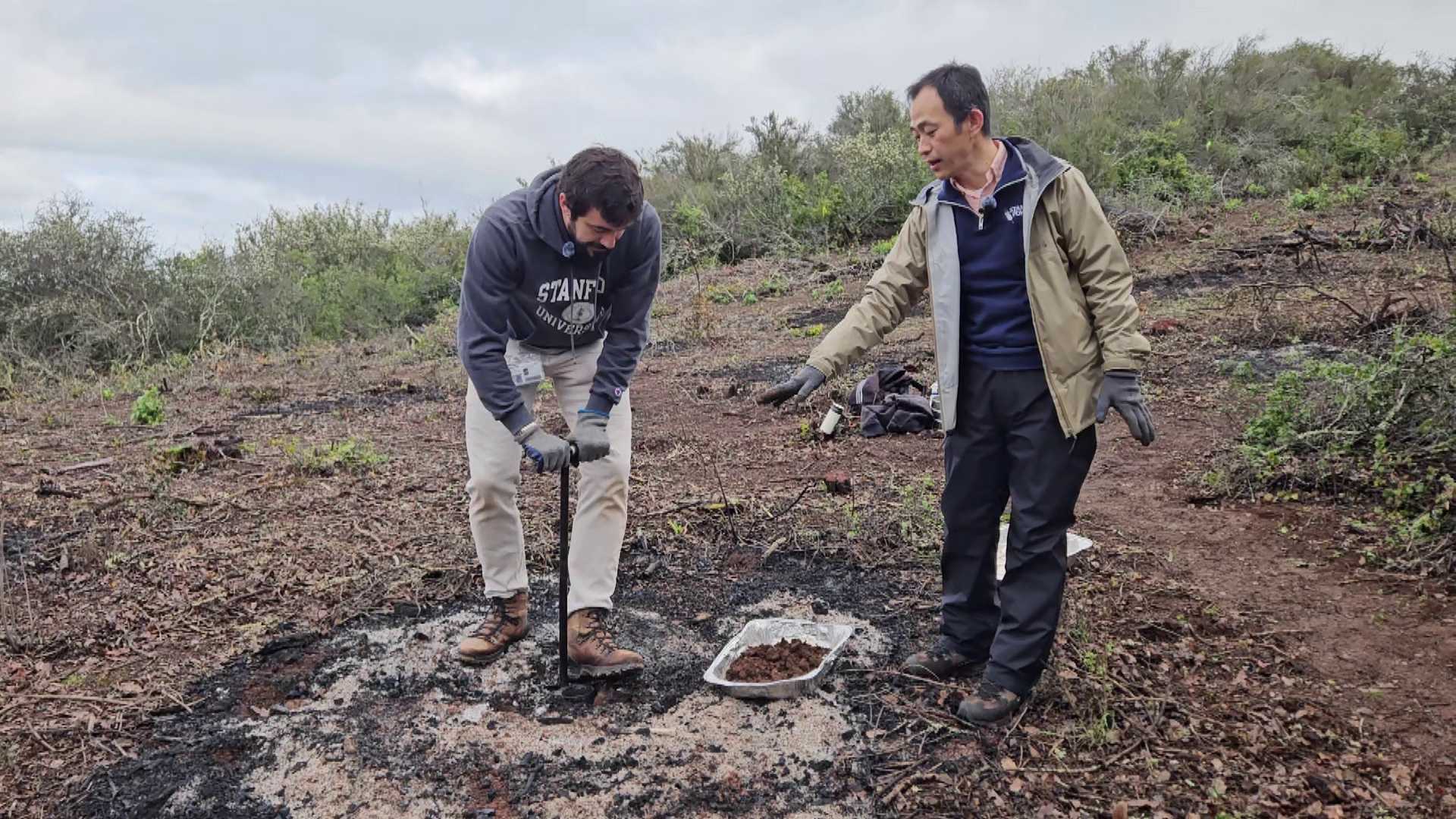The role of pathogenic organisms in the regulation of insect species that infest acorns

Summary
This study investigates the dynamic relationship between acorns infested by insect larvae, how pathogens regulate these larvae, and how pile burning affects them all.
There are two genera of soil-dwelling nematodes (Heterorhabditis and Steinernema) that kill a broad range of insect larvae and are used as biocontrol agents, yet the interaction between these organisms is not well understood in the wild. In California, acorns are infested by larvae of the moth Cydia latiferreana and the weevil Curculio occidentalis, which cause acorns to fail to sprout and allow bacteria and other pathogens to contaminate the acorns. These insects spend part of their life cycle in the soil where the insects can be highly sensitive to pathogenic infestations. By identifying, isolating, and culturing entemopathogenic organisms in the soil, this project is disentangling the complex relationship between these larvae and the soil-borne microorganisms that regulate them, like nematodes, fungi, and bacteria.
Prescribed fire is increasingly used as a wildfire and invasives management treatement, yet how intentional burns may affect the interaction between acorn larva and soil-borne microorganisms is not known. Could low-intensity fire change the course of entemopathogenic relationships and how they modulate larvae? This study examines the effects of pile burning by sampling soil communities immediately before and after the burns conducted March 2024. To evaluate if one year allows the community to recover, soil will also be sampled at the same location one year after burning.
Project Location (Sectors 41, 42)
 |  |  |  |  |  |  |  |  |
 |  |  |  |  |  |  |  |  |
 |  |  |  |  |  |  |  |  |
 |  |  |  |  |  |  |  |  |
 |  |  |  |  |  |  |  |  |
 |  |  |  |  |  |  |  |  |






